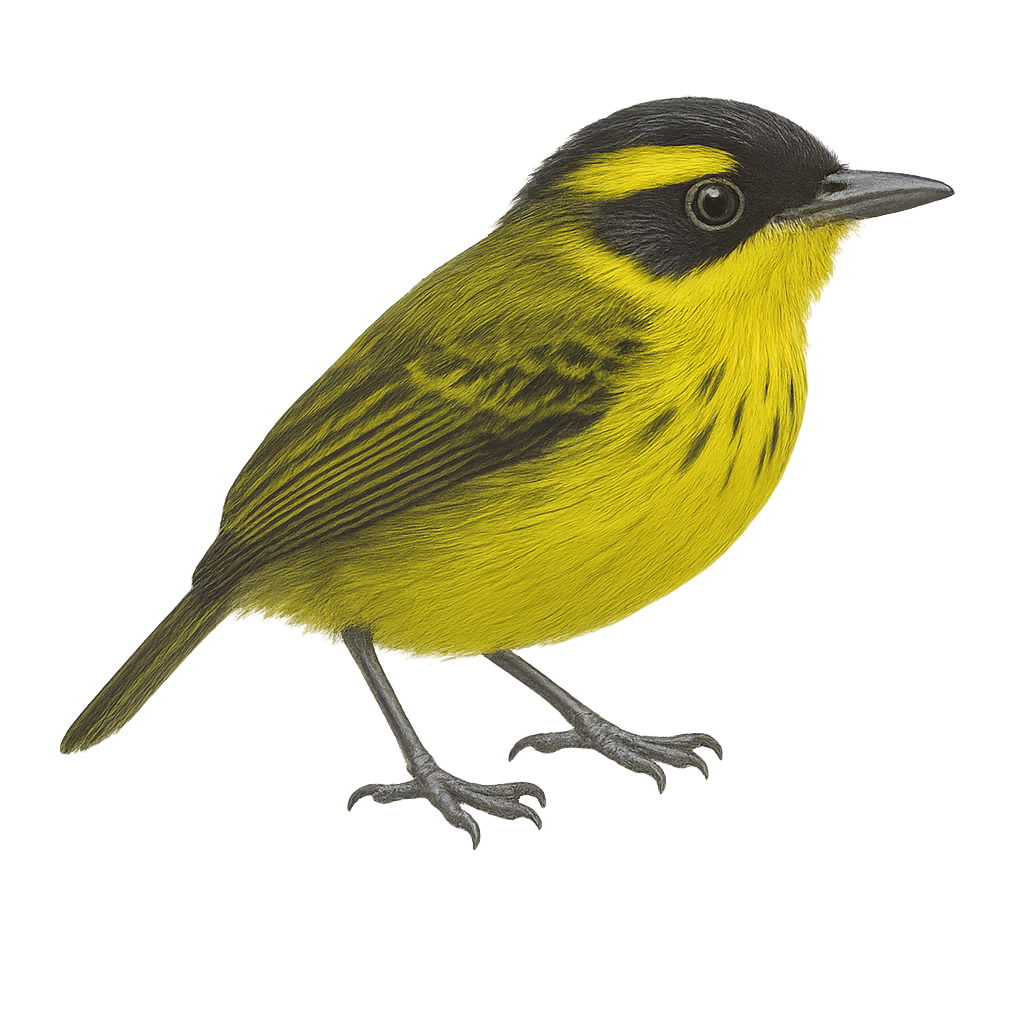Your wildlife photography guide.
Explore the yellow-browed tody-flycatcher in detail, study its behavior, prepare your shots.
Where to observe and photograph the yellow-browed tody-flycatcher in the wild
Learn where and when to spot the yellow-browed tody-flycatcher in the wild, how to identify the species based on distinctive features, and what natural environments it inhabits. The WildlifePhotographer app offers tailored photography tips that reflect the yellow-browed tody-flycatcher’s behavior, helping you capture better wildlife images. Explore the full species profile for key information including description, habitat, active periods, and approach techniques.
Yellow-browed Tody-Flycatcher
Scientific name: Todirostrum chrysocrotaphum

IUCN Status: Least Concern
Family: TYRANNIDAE
Group: Birds
Sensitivity to human approach: Suspicious
Minimum approach distance: 5 m
Courtship display: August to October
Incubation: 15-19 jours
Hatchings: September to November
Habitat:
Tropical rainforests, forest edges, riparian zones
Activity period :
Primarily active during the day, with peak activity in the morning and late afternoon.
Identification and description:
The Yellow-browed Tody-Flycatcher is a small bird with distinctive plumage, primarily olive green with golden cheeks that give it its name. It inhabits the humid tropical forests of South America, particularly in the Amazon. This passerine is often seen in pairs or small groups, actively moving through the canopy in search of insects. Its song is a high-pitched, rapid trill, often heard before it is seen. Although its habitat is threatened by deforestation, it remains relatively common in protected areas. Its small size and quick movements make it difficult to spot, but it is a prized subject for birdwatchers and nature photographers.
Recommended lens:
400 mm – adjust based on distance, desired framing (portrait or habitat), and approach conditions.
Photography tips:
To photograph the Yellow-browed Tody-Flycatcher, focus on edge areas where light is more abundant. Use a 400mm or longer telephoto lens to capture precise details without disturbing the bird. Be patient and wait for it to perch on an open branch. Using a tripod can help stabilize the camera during long observation sessions. Avoid sudden movements and remain discreet to avoid scaring it away. Taking photos early in the morning or late in the afternoon can offer softer light and richer colors.
The WildlifePhotographer App is coming soon!
Be the first to explore the best nature spots, track rutting seasons, log your observations, and observe more wildlife.
Already 1 432 wildlife lovers subscribed worldwide

